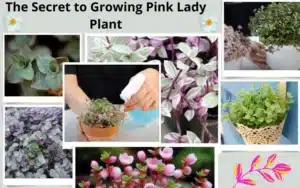Coffee grounds are a popular home remedy to improve the health of houseplants, but 🌼 Are coffee grounds good for hydrangeas 🌼 ?
🌸 Hydrangeas, those iconic flowering shrubs, grace our gardens with their timeless beauty. their captivating hues—blues, purples, pinks, and whites—add a touch of elegance to any landscape.
Many people believe that coffee grounds are good for hydrangeas, but the truth is a little more complicated. While coffee grounds can provide some benefits, they can also be harmful if not used properly. In this blog post, we will explore the pros and cons of using coffee grounds in your hydrangea garden, so you can make an informed decision about whether or not to use them, and we’ll provide tips on how to use them safely and effectively. ☕ 🌿.
- Coffee grounds: Composition
- Hydrangea soil preferences
- The benefits of coffee grounds for hydrangeas
- How to use coffee Grounds to acidify soil for hydrangeas ?
- Cautions when using coffee grounds for hydrangeas:
- How to measure soil acidity for hydrangeas
- How to use coffee grounds to get blue hydrangeas
- Alternative methods to lower soil pH for hydrangeas
- FAQs: Coffee grounds and hydrangeas
Coffee grounds: Composition
Understanding the composition of coffee ☕ grounds can shed light on why they are often touted as a beneficial addition to garden soil. let’s delve into their composition and discover why they’re more than mere waste.
Organic matter:
Coffee grounds consist primarily of organic material. when you brew your coffee, the water extracts the flavorful compounds from the coffee beans, leaving behind these grounds.
Cellulose:
The fibrous component found in plant 🌱 cell walls is abundant in coffee grounds.
Nitrogen:
Coffee grounds contain nitrogen, an essential nutrient for plant growth.
Trace minerals:
They also harbor trace minerals like potassium, calcium, and magnesium.
From this, we can conclude that ☕ coffee grounds, those aromatic remnants of your morning brew, are a rich source of organic matter that can benefit your garden in various ways. But is ground coffee good for hydrangeas specifically? 🌸
Let’s see 👀 what kind of soil hydrangeas prefer. and what is the effect of coffee grounds on the soil
Hydrangea soil preferences
Hydrangeas thrive in acidic soil with a pH between 5.2 and 5.5. When the soil pH is acidic, aluminum becomes more available for uptake by the hydrangeas, contributing to the production of blue or purple blooms. 💙 💜
Many gardeners wonder if coffee grounds are beneficial for hydrangeas? 🤔
Coffee grounds are known to have an acidic nature, making them a potential soil amendment to lower the pH and create a more favorable environment for these flowers 🌺 . While they can provide some benefits, they can also be harmful if not used properly.
The benefits of coffee grounds for hydrangeas
While coffee grounds can be beneficial for hydrangeas,we will explore the pros and cons of using coffee grounds in your hydrangea garden, so you can make an informed decision about whether or not to use them. and you can help your hydrangeas thrive. 🌿 🌸
- Nitrogen: Coffee grounds are a good source of nitrogen, an essential nutrient for plant growth. 🌱
- Beneficial microorganisms: Coffee grounds help beneficial microorganisms thrive in the soil, which can improve plant health. 🦠
- Pest repellent: Coffee grounds can help to repel some pests, such as slugs and snails. 🐌
- pH Adjustment: As mentioned above, coffee grounds can effectively lower the soil pH. 🌱
- Nutrient Boost: Coffee grounds contain essential nutrients for plant growth, such as potassium, and phosphorus. 🌿
- Improved Soil Structure: Organic matter, like coffee grounds, helps improve soil drainage ,water retention and aeration. 🌎
Important Note ✍️ : coffee grounds can be beneficial for hydrangeas, particularly in adjusting the soil’s pH level.it is important to use them in moderation. ⚠️ Too much coffee grounds can raise the acidity of the soil, which can damage the plants. 🌱
How to use coffee Grounds to acidify soil for hydrangeas ?
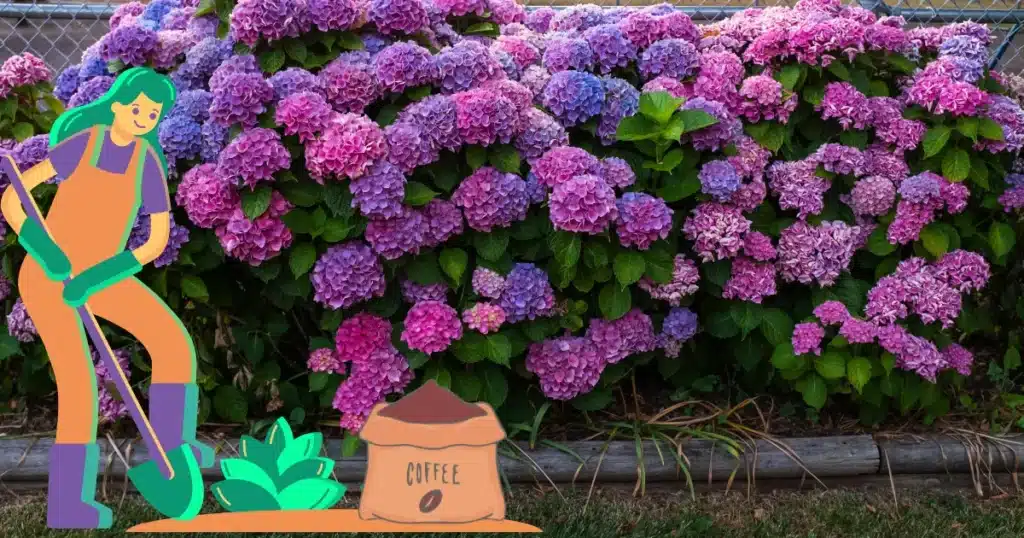
Hydrangeas are known for their beautiful, vibrant blooms that can range in color from pink to blue to purple. The color of the blooms is actually determined by the pH level of the soil in which the hydrangeas are planted. In acidic soil, hydrangeas produce blue or purple blooms, while in alkaline soil, they produce pink blooms. 🌸💙 💜
Coffee grounds are a natural way to acidify soil, making them a great option for gardeners who want to grow blue or purple hydrangeas. Coffee grounds contain compounds that lower the pH of the soil, making it more acidic. This increased acidity makes it easier for the hydrangeas to absorb aluminum from the soil, which is what gives the blooms their blue or purple color. ☕ 🌿
To use coffee grounds for hydrangeas, simply sprinkle them around the base of the plants. here are the steps:
1
Brewed coffee grounds
Allow the coffee grounds to cool completely before applying them to the base of the hydrangea plant. ☕
2
Spent coffee grounds:
After brewing a pot of coffee, remove the spent grounds from the filter and spread them around the hydrangea’s root zone. ♻️
3
Water the hydrangeas well
Remember to water the hydrangeas thoroughly to keep them healthy and vibrant. 🌸💧
You can also add coffee grounds to your compost pile. When the compost is finished, it will be acidic and can be used to amend the soil around your hydrangeas. ♻️
Cautions when using coffee grounds for hydrangeas:
Hydrangeas, those delightful flowering shrubs, can benefit from coffee grounds as a natural fertilizer. However, there are some important cautions to keep in mind when incorporating coffee grounds into your hydrangea care routine. Let’s learn them to ensure your hydrangeas thrive! ☕ 🌸
- Over-application: Avoid applying excessive amounts of coffee grounds, as this can lead to soil acidification and nutrient imbalances. ⚠️
- Fresh grounds: It’s best to use brewed or spent coffee grounds as fresh grounds can be too acidic for hydrangeas. ☕
- Mix with compost: To enhance nutrient availability and reduce the risk of over-acidification, consider mixing coffee grounds with compost before applying them to the soil. 🌱
- Regular soil testing: Monitor the soil pH regularly to ensure it remains within the optimal range for your hydrangeas. 🌿 🌸
How to measure soil acidity for hydrangeas
🌱 Measuring soil acidity for hydrangeas is crucial because it directly impacts the color of their flowers. Here’s how you can do it:
- 🌿 Get a soil pH test kit: You can purchase a soil pH test kit from a garden center or online. These kits typically include everything you need to test the soil acidity.
- 🌼 Choose the right spot: Select the area where you want to plant your hydrangeas. Make sure it represents the soil conditions in your garden accurately.
- 🌍 Collect soil samples: Use a trowel or shovel to collect soil samples from various spots in the area where you plan to plant the hydrangeas. Take samples from different depths (about 4 to 6 inches deep) to get a comprehensive understanding of the soil acidity.
- 🌱 Prepare the samples: Remove any debris such as rocks or roots from the soil samples. Mix the soil thoroughly in a clean container, breaking up any clumps.
- 🔬 Perform the test: Follow the instructions provided with your soil pH test kit. Typically, you’ll add a specified amount of soil and testing solution to a test tube or container. Then, you’ll observe the color change to determine the pH level.
- 📊 Interpret the results: The pH scale ranges from 0 to 14, with 7 being neutral. Hydrangeas prefer acidic soil, ideally with a pH between 5.5 and 6.5. If your soil pH falls outside this range, you may need to amend the soil to adjust its acidity.
- 🌿 Adjust soil pH if necessary: If the soil pH is too high (alkaline), you can lower it by adding amendments such as elemental sulfur, aluminum sulfate, or acidifying fertilizers. Follow the product instructions carefully and retest the soil after a few weeks to monitor the pH levels.
- 🔍 Retest regularly: Soil pH can change over time, so it’s a good idea to test your soil periodically, especially if you notice changes in your hydrangeas’ growth or flower color.
By regularly monitoring and adjusting the soil pH as needed, you can ensure that your hydrangeas thrive and produce beautiful, vibrant flowers. 🌸 🌿
How to use coffee grounds to get blue hydrangeas
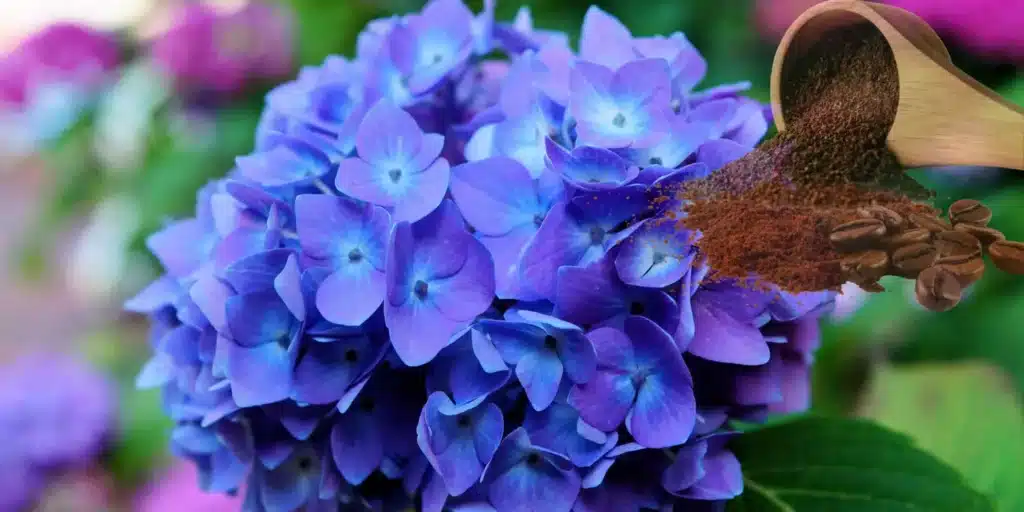
Using coffee grounds to achieve blue hydrangeas is a popular gardening,especially if you’re aiming for those stunning blue hydrangea blooms. Let’s dive into the details:
1- Hydrangea colors 🎨 :
- The color of hydrangea blooms depends on the soil acidity. Acidic soil tends to produce blue flowers, while more alkaline soil results in pinkish blooms.
- French hydrangeas, with their globe-like fireworks of petals, fall into this category. But even they need the right pH level to guarantee those beautiful blues.
2- Used coffee grounds☕:
- can be your secret weapon. They naturally make the soil a tad more acidic, which is perfect for blue hydrangeas.
- Mix the coffee grounds with other organic materials (like compost) to balance acidity and provide essential nutrients.
3- Choosing the right varieties 🌱 :
- Not all hydrangeas can pull off the blue magic. Look for varieties like:
- Oakleaf hydrangeas (Hydrangea quercifolia)
- Annabelle hydrangeas (Hydrangea arborescens)
- Peegee hydrangeas (Hydrangea paniculata ‘Grandiflora’)
- These white/ivory bloomers can transform into blues with the right soil conditions.
4- Testing soil pH 🧪 :
- If you haven’t seen your hydrangeas bloom yet, test your soil pH:
- Grab two plastic containers, vinegar, and baking soda.
- Scoop some dirt into each container and moisten it.
- Add vinegar to one container; if it fizzes, your soil is alkaline.
- Add baking soda to the other; fizzing means acidic soil.
- No reaction? You’re in neutral territory.
Alternative methods to lower soil pH for hydrangeas
While coffee grounds are a popular option for lowering soil pH for hydrangeas, there are alternative methods available for those who prefer not to use coffee grounds or if your soil is too alkaline, fear not. here 👇 are some effective alternatives:

- Vinegar: White vinegar is a household item that can be used to acidify soil in small quantities. dilute white vinegar with water and apply it to the soil around hydrangea plants. however, use vinegar sparingly and avoid over-application, as excessive acidity can harm plants. regular soil testing is essential to monitor pH levels and prevent soil imbalances.
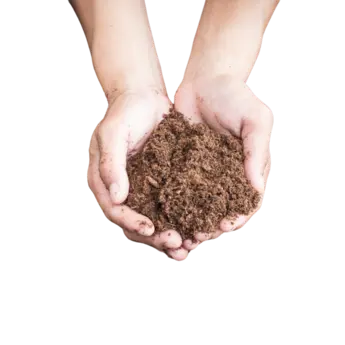
- Peat moss: Peat moss is an organic material with acidic properties that can help lower soil pH. It can be mixed into the soil or applied as a top dressing around hydrangea plants. peat moss also improves soil structure and moisture retention, making it a beneficial amendment for overall plant health.
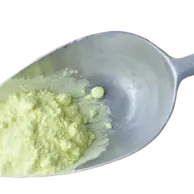
- Sulfur: Elemental sulfur is another option for lowering soil pH. when sulfur is applied to the soil, it undergoes a chemical reaction that produces sulfuric acid, thereby increasing soil acidity. sulfur should be incorporated into the soil well before planting hydrangeas to allow time for the pH adjustment to take effect. Regular soil testing 🧪 is recommended to monitor pH levels and determine if additional sulfur applications are necessary.
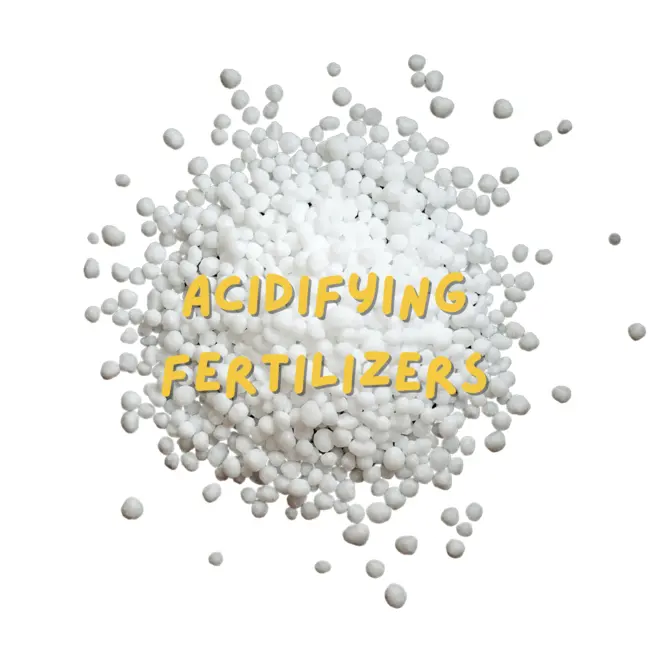
- Acidifying fertilizers: Some fertilizers are specifically formulated to acidify the soil and are designed for use with acid-loving plants like hydrangeas. these fertilizers typically contain sulfur or other acidic compounds that gradually lower soil pH over time ⏳. follow the manufacturer’s recommendations for application rates and frequency.
In conclusion, If you’re wondering whether Are coffee grounds good for hydrangeas❔ 🙌 absolutely ! using coffee grounds as a soil amendment can provide multiple benefits for your 💐 hydrangea plants. coffee grounds are an excellent, low-cost 💰 way to give hydrangeas a nutritional boost rich in nitrogen. By incorporating used grounds into the soil surrounding your plants, you improve soil acidity levels to the slightly acidic conditions hydrangeas prefer. This helps keep their blossoms vibrantly colored in shades of 💜 violet, 💗 pink, or 💙 blue .
In addition to enhancing bloom colors 🎨 , coffee grounds also improve drainage in clay soils while retaining some moisture in sandy soils. This creates an ideal growing environment tailored to the needs of hydrangeas. The grounds even help suppress weed growth and 🐛 attract earthworms that 💨 aerate the soil.
With a little experimentation and observation, you will discover that coffee grounds can be a fantastic and eco-friendly way to keep your hydrangeas healthy and bursting with color. So, next time you brew a pot of coffee ☕, remember – your garden 🏡 wants a cup too!
FAQs: Coffee grounds and hydrangeas
Are coffee grounds beneficial for hydrangeas?
Yes, coffee grounds can be beneficial for hydrangeas, especially for those who want to achieve blue flowers. The acidity of coffee grounds can influence the soil pH, which is crucial for hydrangea coloration.
How do coffee grounds affect hydrangea color?
The acidity of coffee grounds can lower the soil pH, making it more acidic. hydrangeas absorb aluminum more readily in acidic soil, leading to blue flower coloration. however, it’s essential to note that the color change might not be immediate and can take some time to manifest.
How should I apply coffee grounds to hydrangeas?
Spread a layer of used coffee grounds around the base of your hydrangea plants, being careful not to pile them too close to the stems. water the plants after application to help incorporate the grounds into the soil.
Which hydrangea varieties can benefit from coffee grounds?
Varieties like mop head (Hydrangea macrophylla) and lacecap hydrangeas respond well to coffee grounds.
Certain paniculata hydrangeas can also benefit from this soil amendment.
How often should I apply coffee grounds to hydrangeas?
It’s best to apply coffee grounds sparingly and monitor the soil pH regularly. depending on your soil conditions and the desired color intensity, you may need to reapply coffee grounds periodically throughout the growing season.
Can I use other methods to achieve acidity?
Yes! Aluminum sulfate or eggshells can also help alter soil pH.
But, coffee grounds are a natural and cost-effective option.
Are there any potential risks of using coffee grounds on hydrangeas?
Overuse of coffee grounds can lead to overly acidic soil, which may harm the plants. additionally, coffee grounds can attract pests if left in large piles or not incorporated into the soil properly.
Can I use coffee grounds from flavored or decaffeinated coffee?
It’s best to use plain, used coffee grounds without any added flavors or additives. flavored or decaffeinated coffee grounds may contain chemicals or substances that could potentially harm the plants.
Can I use coffee grounds on potted hydrangeas?
Yes, you can use coffee grounds on potted hydrangeas, but it’s essential to monitor soil pH levels closely, as the confined space of a container can make it more challenging to regulate acidity levels. Be cautious not to overapply coffee grounds, as this can lead to soil imbalances and potential harm to the plants.
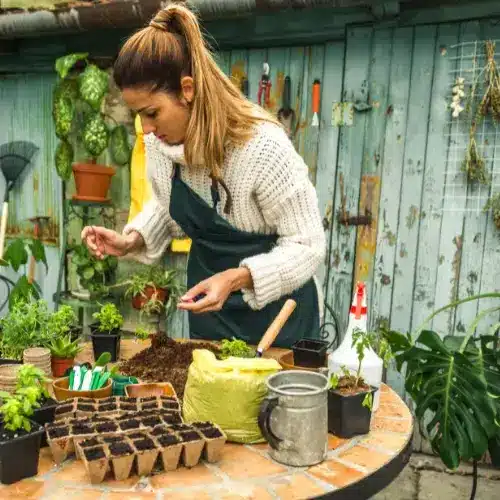
About the Author
With over a decade of hands-on experience in home garden care, I’ve cultivated a deep-rooted passion for nurturing indoor greenery.



